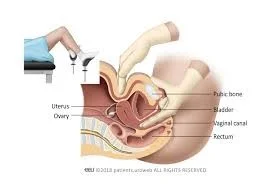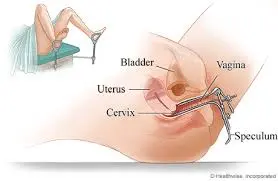GYN AbdominalClinical Exam OSCE
| Phase | Step / Component | Key Actions & Considerations |
|---|---|---|
| Pre-Examination | 1. Preparation & Setup | - Equipment: Gather measuring tape, Pinard stethoscope or doppler, watch with second hand, ultrasound gel. |
| 2. Patient Interaction & Positioning | - Communication: Wash hands, introduce yourself, explain the procedure’s need and nature, and obtain verbal consent. - Privacy & Comfort: Be accompanied by a female chaperone, expose only the necessary area. - Positioning: Patient should have an empty bladder and lie in a semi-recumbent dorsal position. Stand on her right side. Roll her slightly to the left to reduce vena cava compression. | |
| General Assessment | 3. Vital Signs & Measurements | - Apperance: - Vitals: Check Blood Pressure, Pulse/Heart Rate, Respiratory Rate, and Temperature. - Anthropometry: Measure and record weight (noting gain) and height (noting short stature). |
| 4. General Physical Exam | - Observe: Gait, psychological status, signs of specific diseases (e.g., thyrotoxicosis). - Face/Eyes/Tongue: Check for chloasma, pallor, jaundice, cyanosis, dehydration, stomatitis. - Systemic Review: Briefly cover CNS, GIT, Urinary, and Locomotor systems. | |
| Abdominal Examination | 5. Inspection | - Observe the abdomen for size, shape, fetal movements, surgical scars, linea nigra, striae gravidarum, dilated veins, and umbilicus condition. |
| 6. Palpation (Leopold Maneuvers) | - Superficial Palpation: Assess for tenderness (ask first), organomegaly, and uterine contractions. - 1st Fundal Grip (Fundal Height): Use the ulnar border of the left hand to locate the fundus. Measure with tape in cm. Correlate with gestational age (±2 cm after 20 weeks). Interpret if measurement is significantly larger or smaller. - 2nd Fundal Grip (Leopold I): Use both hands to determine the fetal part in the fundus (head: hard, smooth, round; breech: soft, irregular, broad). - Lateral Grips (Leopold II): Palpate the sides of the uterus to determine fetal lie and locate the fetal back (hard, regular surface). - 1st Pelvic Grip: Determine which fetal part is occupying the pelvis. - 2nd Pelvic Grip: Assess for engagement of the presenting part, try to get under symphysis pubis, if its case, its not engaged. | |
| 7. Auscultation | - Fetal Heart Sounds (FHS): After locating the back, use a Pinard or doppler to listen to the FHS. Auscultate below the umbilicus for cephalic presentation and above for breech. Count the rate for one full minute. | |
| Post-Examination | 8. Completing the Exam | - Internal Exam: Perform a Vaginal Examination (PV) if indicated, with the patient in the lithotomy position. - Concluding: Inform the patient the examination is finished and cover. |
| 9. Documentation & Summary | - Record: Document all findings accurately. - Communicate: Thank the patient for her time. - Summarize: Provide a concise summary of the examination findings. |
1. Fundal Height (1st Fundal Grip)
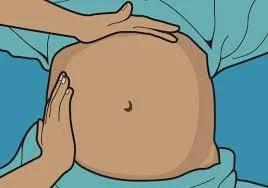
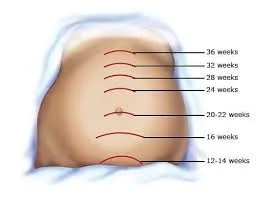
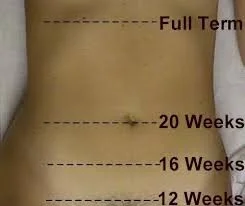
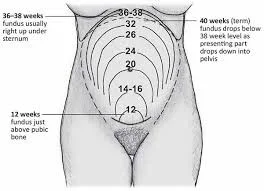
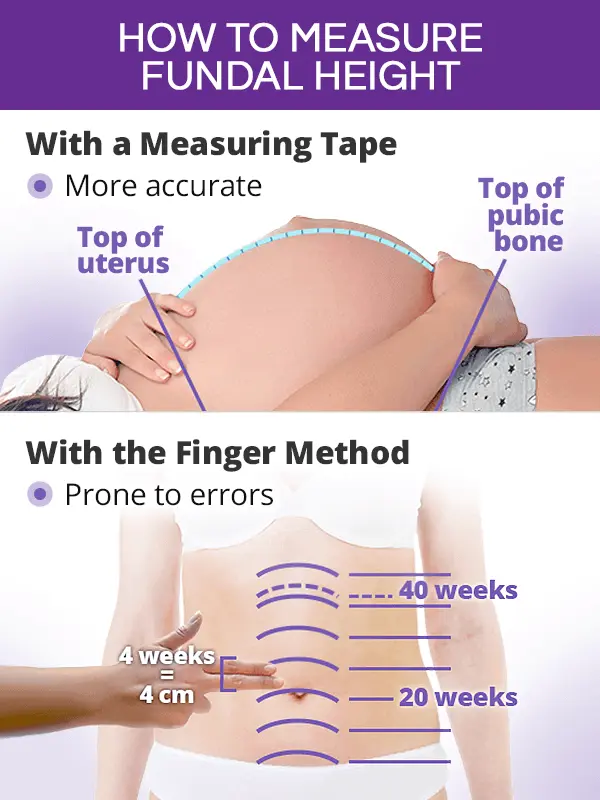
2. 2nd Fundal Grip (Leopold I)
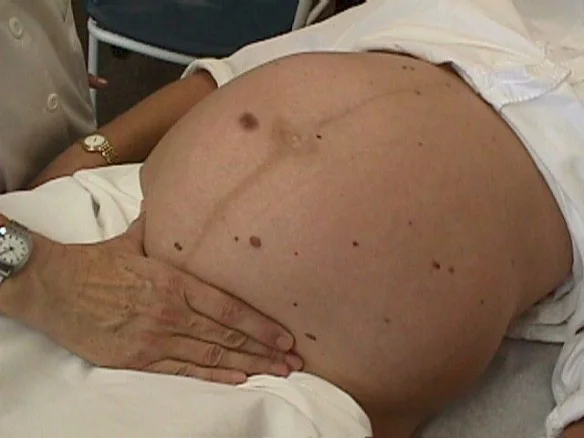
3. Lateral Grip (Leopold II)
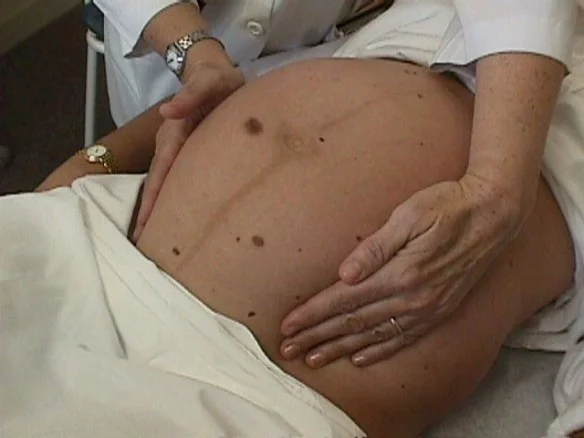
4. Detect Fetal Heart
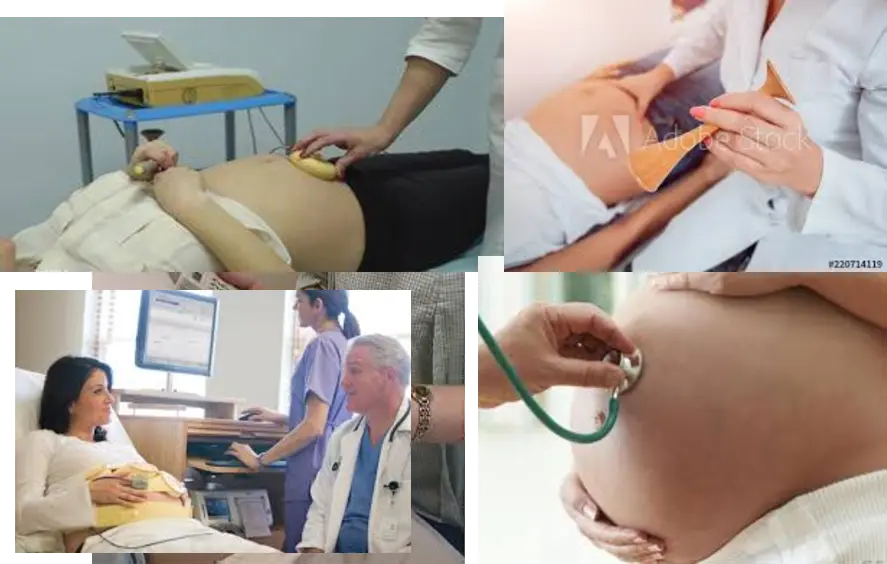
5. First Pelvic Grip and 6. Second Pelvic Grip

Vaginal Examination (PV)
